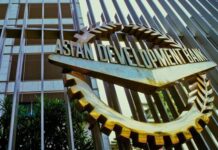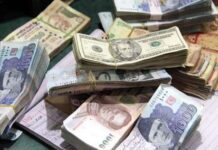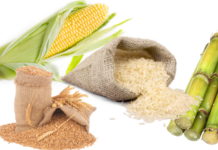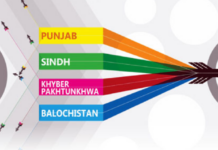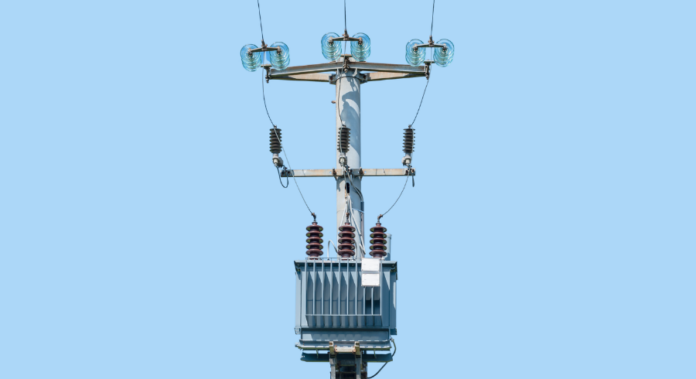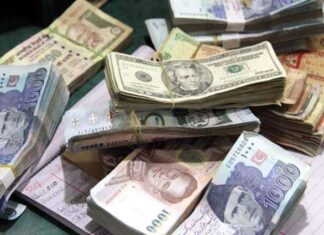Electricity consumption in Pakistan declined by 3.6 percent during the first nine months of the ongoing fiscal year, reflecting the impact of elevated tariffs, energy conservation measures, and subdued industrial activity.
According to the Pakistan Economic Survey 2024–25, total electricity consumption stood at 80,111 GWh from July to March, compared to 83,109 GWh during the same period last fiscal year. The decline is attributed to high energy prices, increased reliance on off-grid solar solutions, and reduced demand from major consuming sectors.
Despite the overall decline, household electricity usage increased marginally in both volume and share. The residential sector accounted for nearly half (49.6%) of total electricity consumption, reaching 39,728 GWh—up from 39,286 GWh in the previous year. Analysts attribute this rise to population growth, increased use of home appliances, and seasonal demand patterns.
In contrast, the industrial sector’s consumption dropped to 21,082 GWh from 22,031 GWh, reducing its share to 26.3 percent. The agriculture sector recorded the steepest fall, consuming just 4,566 GWh—a 34.3 percent decline—as many farmers reportedly shifted to diesel or solar-powered irrigation systems due to rising power costs and changing rainfall patterns.
The commercial sector experienced a modest increase, rising from 6,776 GWh to 6,898 GWh, suggesting a mild recovery in business and retail activity. Consumption in the “others” category, which includes public lighting and government buildings, remained stable at around 7,037 GWh.
Meanwhile, the country’s installed power generation capacity reached 46,605 MW as of March 2025, reflecting a 1.6 percent increase over the previous year. Cleaner energy sources—hydropower, nuclear, and renewables—accounted for 44.3 percent of total capacity, indicating a gradual shift away from thermal generation.
While the energy mix reflects some diversification, the declining consumption trend suggests broader economic challenges and highlights the need for targeted measures to stimulate demand and support industrial recovery.
Federal Minister for Finance and Revenue Senator Muhammad Aurangzeb, while presenting the Pakistan Economic Survey 2024–25, stated that every transformation takes two to three years, yet the power sector had achieved a “historic recovery” within just one year. He noted improvements in the governance of power distribution companies.
According to the Survey, petroleum product consumption recorded a year-on-year growth of 4.5 percent.
The energy sector continues to play a central role in Pakistan’s economic and industrial development, influencing productivity, trade competitiveness, and overall quality of life.
During the first nine months of FY2025 (July–March), the country faced persistent challenges related to energy affordability, sustainability, and security. However, a combination of policy reforms, capacity additions, and changes in the energy mix signal incremental progress toward a more diversified and resilient energy framework.
The report provides an overview of developments in electricity generation, consumption trends, installed capacity, and the role of private investment facilitated by the Private Power and Infrastructure Board (PPIB). It also outlines key trends in petroleum, natural gas, and coal production and consumption.
As of March 2025, Pakistan’s total installed electricity generation capacity stood at 46,605 MW. Hydropower, nuclear, and renewable sources collectively accounted for 44.3 percent of this capacity, up from previous years, while the share of thermal generation declined to 55.7 percent. In terms of actual generation, 90,145 GWh was produced during July–March FY2025, with 53.7 percent generated through hydropower, nuclear, and renewables. Household consumption remained the dominant component, accounting for nearly half of total electricity use.
The PPIB facilitated significant private sector involvement during the review period. Notable milestones included the commissioning of the 884 MW Suki Kinari Hydropower Project and continued progress on new solar, wind, and bagasse-based projects. As of March 2025, PPIB had facilitated 88 operational Independent Power Producers (IPPs) with a combined capacity of 20,726 MW. Of the new projects in the pipeline, 84 percent are based on clean energy sources, underscoring the government’s stated policy preference for renewables and indigenous fuels.
In the petroleum sector, domestic production remained constrained, maintaining reliance on imports. However, relative stability in international oil prices moderated the import bill. Domestic refining capacity utilization stayed suboptimal, though efforts to attract investment for refinery upgrades and new capacity continued.
Natural gas reserves continued to deplete, with no significant new discoveries reported. The country remained heavily dependent on LNG imports, especially to meet demand from the power and industrial sectors. Efforts are underway to improve energy efficiency and expand LNG supply chain infrastructure.
Coal retained its role in power generation, particularly through projects based on Thar coal. Several Thar coal-based plants contributed to the national grid, although environmental considerations and the adoption of cleaner technologies remain important policy concerns.
The government maintains its commitment to ensuring energy security, affordability, and sustainability through improved governance, greater private sector participation, and strategic investment in renewable and local energy resources. Ongoing reforms under the National Electricity Policy 2021, the Alternative and Renewable Energy Policy 2019, and the Integrated Generation Capacity Expansion Plan (IGCEP) continue to guide the sector’s transformation.
It is important to note that the Pakistan Economic Survey serves as a foundational document ahead of the annual federal budget, offering a detailed account of the country’s socio-economic performance over the outgoing fiscal year.




